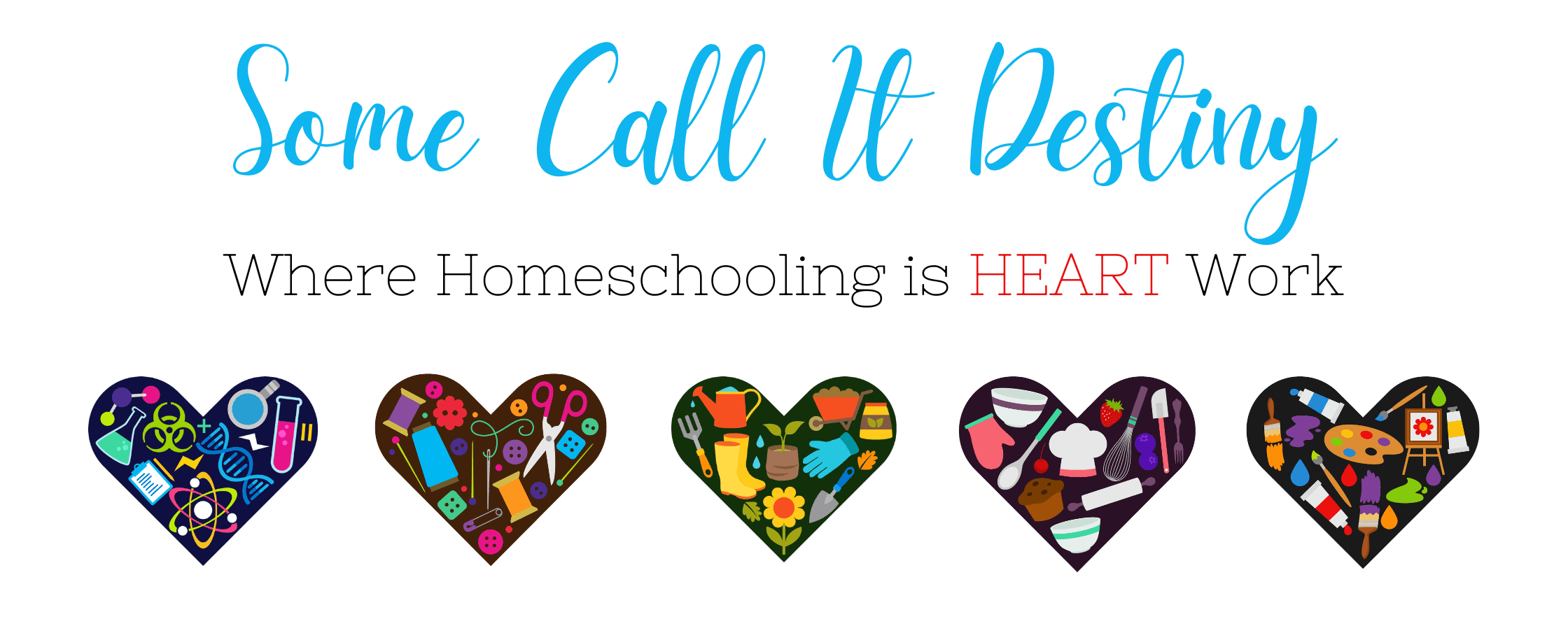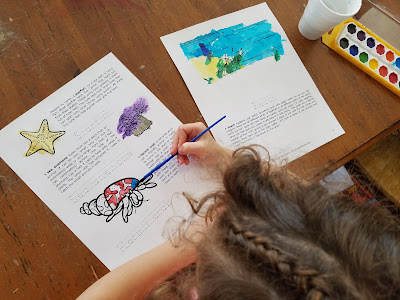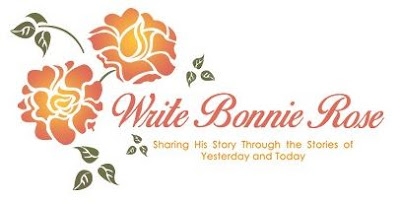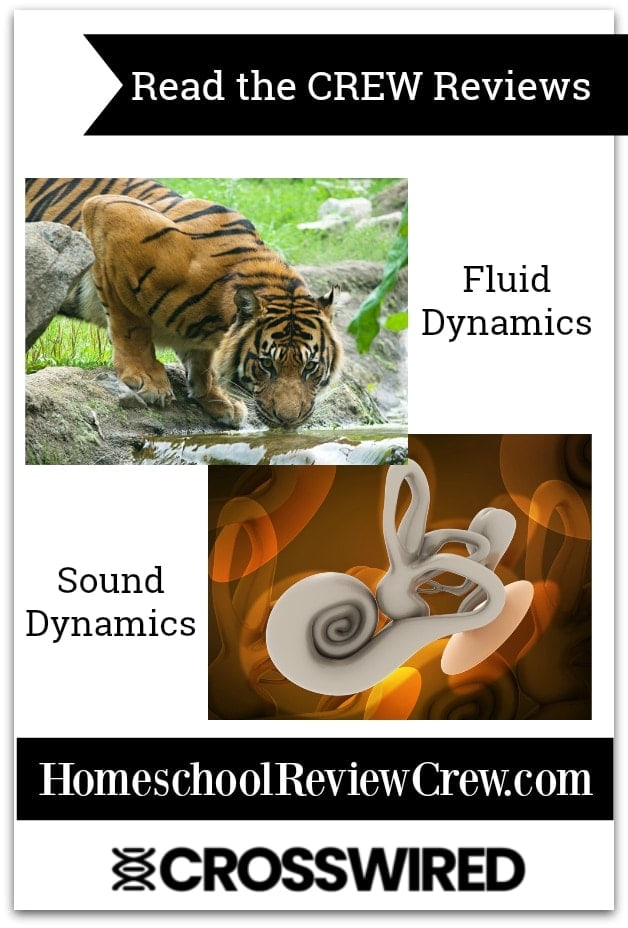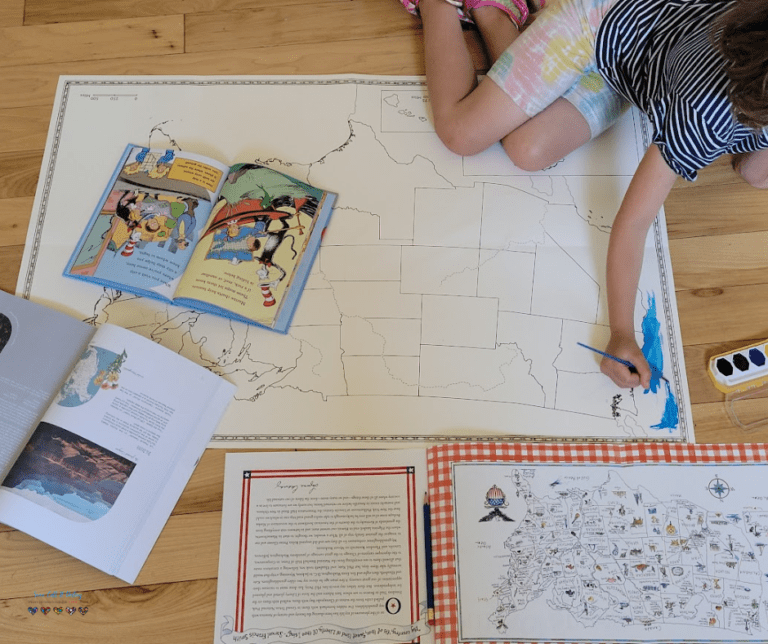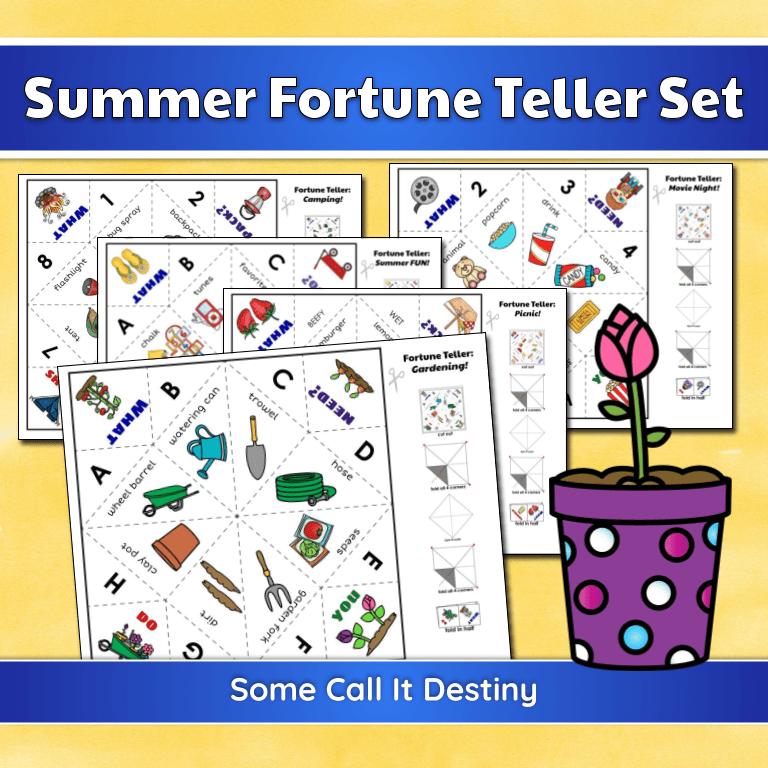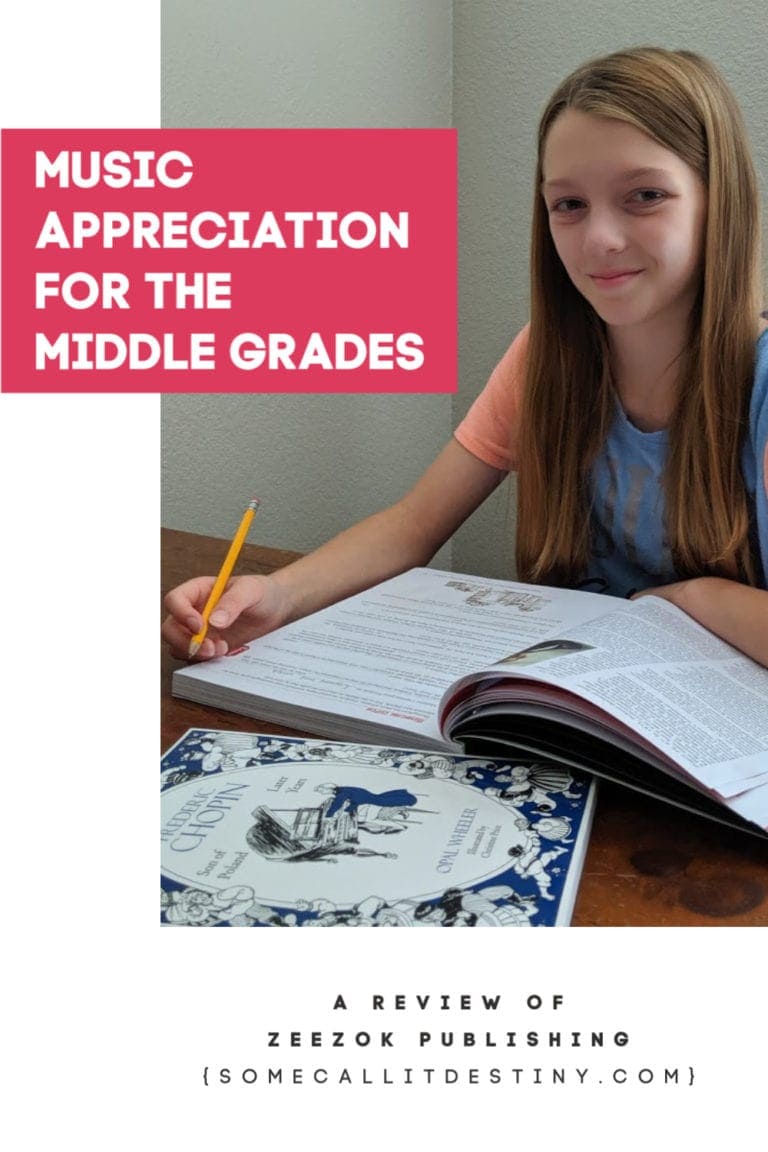Learning About Science for Elementary Ages {Review}
In preparation for our vacation this month we have been using the Learning About Science Collection, Level 1, from WriteBonnieRose with Olivia.
Since we will be spending time at the beach and visiting many aquariums and zoos, I thought the section on animal habitats would be a good introduction in learning about many of the animals we might see while on our trip.
I was quite impressed with the number of habitats that were covered. Of course, Olivia’s favorite was the beach habitat because she’s very excited to be going soon. My husband and I even learned a new and interesting fact about hermit crabs from her lesson.
The units are laid out nicely and for this particular unit is was easy to jump around within it. We focused on the habitats of the animals we were most likely to see, so for example, we skipped the worksheets talking about pet habitats for now. For the animal habitats unit, there is a brief introduction on what a habitat is and then several worksheets about the different habitats around the world. One worksheet will discuss the habitat and then one or two worksheets will follow that list some animals that may live in that type of habitat and a short paragraph about them. Each worksheet also has some tracing practice. Olivia did not care to trace the words and since she can’t read them yet, I didn’t push it. However, it would be good practice for an older student.
At the end, after you have learned about all the different habitats, there is a review sheet. We are still working through the different habitats, so we haven’t gotten to the review yet.
The other six units follow this pattern as well–there is a brief introduction of the topic and then worksheets that have short paragraphs, pictures, and words to trace that correspond to the main idea, followed by a few review sheets that look similar to the one above.
The lessons are written with a young audience in mind, giving enough information to educate on the topic, but not overwhelming them with facts or too much content. The suggested grade range is K-3. I thought it worked well for Olivia, my kindergartner, but was too easy for my son, entering third. While I do think there are some second and third graders for whom it would work for, I feel Volume 1, at least, is better suited for children in grades K-1.
What I liked about this collection, is that it lends itself well to being used either on it own as a full curriculum, or as a supplement. When Olivia was having trouble remembering the word habitat, we pulled in some outside resources to help. In some of the other lessons, such as the one on exploring states of matter, it would be easy to include a simple science experiment or while learning about familiar plants and how they grow to plant a garden. This curriculum is perfect for following rabbit trails. At any time you can choose to delve deeper as dictated by your child’s interest in the topic. Or if not particularly interested, skim over part of it. You can also just do the worksheets and call it good. This is a curriculum that can be tailored to the individual needs of your family and children.
While we were using Level 1, others on the Crew were reviewing Levels 2 and 3, so be sure to check out their reviews as well.
